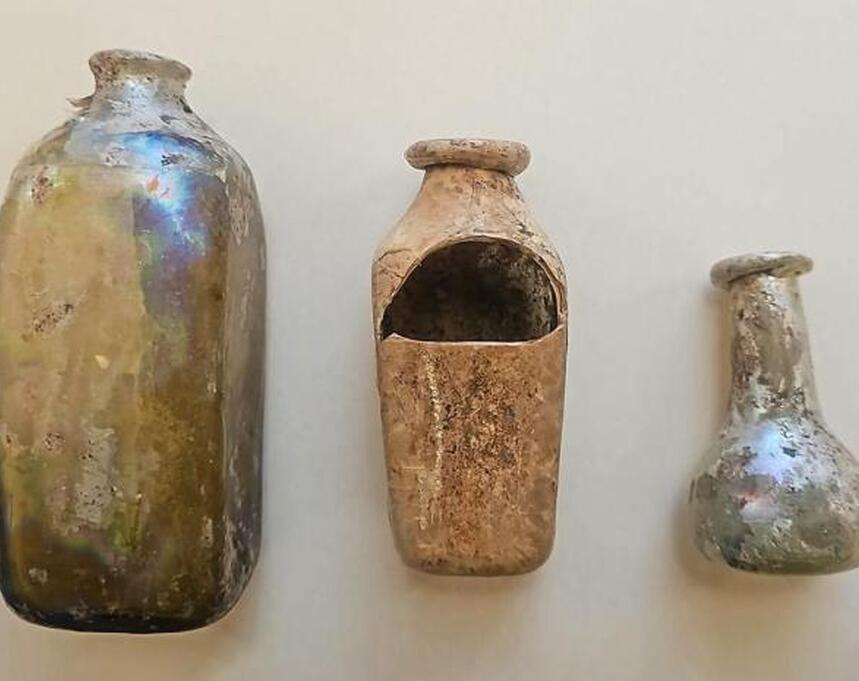
Beneath the cobblestones of Chizhevsky Courtyard, Moscow’s soil has coughed up a glittering secret—a collection of glass artifacts so pristine, they might as well have been tucked away by a time-traveling aristocrat. Archaeologists, those modern-day grave robbers of history, have unearthed over 6,000 relics, but it’s the glassware that steals the spotlight: apothecary vessels shaped like teardrops, wine bottles with necks as slender as a ballerina’s wrist, and stoppers that still seem to carry the scent of long-evaporated remedies.
Three apothecary vessels survived the centuries with the arrogance of objects that refuse to fade. The oldest, a bulbous thing resembling a frozen drop of mercury, dates back to the early 1700s. Its companions—angular, stern-faced flasks—are younger, products of an era when Catherine the Great’s reign was rewriting Russia’s cultural DNA. Centuries underground have dressed them in iridescent scales, a phenomenon scientists call "glass sickness," though there’s nothing sickly about their pearlescent shimmer.
These aren’t just bottles; they’re silent witnesses to a time when Moscow’s apothecaries brewed remedies under candlelight, and glassblowers fought gravity to shape molten sand into elegance. The discovery hints at a thriving trade in glassware—both domestic and imported—suggesting that 18th-century Muscovites had tastes as refined as their European counterparts.
Now in the hands of restorers, the artifacts are being coaxed back to life. Layers of grime are peeled away like old parchment, revealing surfaces that still catch the light like fractured rainbows. Eventually, they’ll find a home in Moscow’s museums, where they’ll stare back at visitors with the quiet defiance of survivors.
Meanwhile, Siberia serves its own macabre surprises: receding waters near the Ob Reservoir have exposed bones from a drowned cemetery, a grim reminder of Stalin-era relocations. Skulls and ribs emerge from the sand like unfinished sentences, whispering of towns swallowed by progress.
But in Moscow, the past feels less like a ghost and more like a neighbor dropping by for tea. Each shard of glass, each iridescent curve, is a handshake across three centuries—proof that some things, against all odds, refuse to be forgotten.